Publication details
Publisher: Palgrave Macmillan
Place: Basingstoke
Year: 2013
Pages: 159-176
ISBN (Hardback): 9781349436361
Full citation:
, "Form as a pattern of thinking", in: New formalisms and literary theory, Basingstoke, Palgrave Macmillan, 2013


Form as a pattern of thinking
cognitive poetics and new formalism
pp. 159-176
in: Verena Theile, Linda Tredennick (eds), New formalisms and literary theory, Basingstoke, Palgrave Macmillan, 2013Abstract
The third chapter of Alan Moore's superhero comic Watchmen opens with a double perspective: we see a newsstand in New York City, at which a newsvendor expounds his opinions on the Cold War. In the captions, we read the story of a marooned sailor who slowly loses his wits and almost kills his family out of the desire to protect them ("Tales of the Black Freighter").1 At first glance, the newsvendor's rant and the sailor's story have little in common. The newsvendor's rant is a commentary, set in a realist storyworld2 and dealing with real-world political events. The sailor's story is a narrative, represented as a "pirate comic" within the storyworld of Watchmen, and clearly fictional. Readers, however, combine both as they make sense of the text. In the first panel, readers see the black trefoil of the atomic hazard sign in the image and read about "that hell-bound ship's black sail against the yellow Indies sky" in the captions (3.1). The Cold War storyworld of the newsvendor is compared to the storyworld of the pirate comic in a metaphorical process.
Publication details
Publisher: Palgrave Macmillan
Place: Basingstoke
Year: 2013
Pages: 159-176
ISBN (Hardback): 9781349436361
Full citation:
, "Form as a pattern of thinking", in: New formalisms and literary theory, Basingstoke, Palgrave Macmillan, 2013

